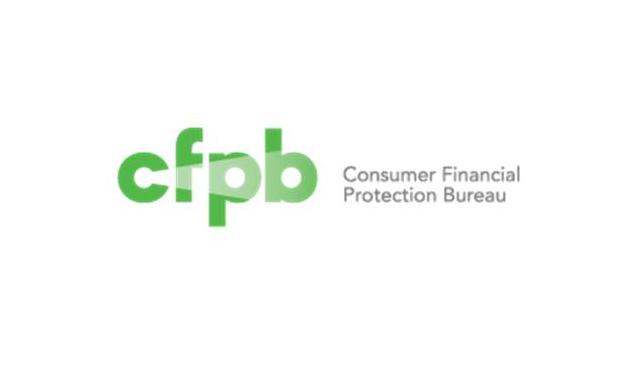Analysis of Differences between Consumer and Creditor Purchased Credit Scores
Executive Summary
When consumers purchase their credit scores from one of the major nationwide consumer reporting agencies (CRAs), they often receive scores that are not generated by the scoring models use to generate scores sold to lenders. The Dodd-Frank Wall Street Reform and Consumer Protection Act directed the Consumer Financial Protection Bureau (CFPB) to compare credit scores sold to creditors and those sold to consumers by nationwide CRAs and determine whether differences between those scores disadvantage consumers. CFPB analyzed credit scores from 200,000 credit files from each of the three major nationwide CRAs: TransUnion, Equifax, and Experian. The study yielded the following results:
The CFPB found that for a majority of consumers the scores produced by different scoring models provided similar information about the relative creditworthiness of the consumers. That is, if a consumer had a good score from one scoring model the consumer likely had a good score on another model. For a substantial minority, however, different scoring models gave meaningfully different results.
Correlations across the results of scoring models were high, generally over .90 (out of a possible one). Correlations were stronger among the models for consumers with scores below the median than for consumers with scores above the median.
- To determine if score variations would lead to meaningful differences between the consumers’ and lenders’ assessment of credit quality, the study divided scores into four credit-quality categories. The study found that different scoring models would place consumers in the same credit-quality category 73-80% of the time. Different scoring models would place consumers in credit-quality categories that are off by one category 19-24% of the time. And from 1% to 3% of consumers would be placed in categories that were two or more categories apart.
- The study looked at results within several demographic subgroups. Different scores did not appear to treat different groups of consumers systematically differently than other scoring models. The study found less variation among scores for younger consumers and consumers who live in lower-income or high-minority population ZIP codes than for older consumers or consumers in higher-income or lower-minority population ZIP codes. This is likely driven by differences in the median scores of these different categories of consumers.
- Consumers cannot know ahead of time whether the scores they purchase will closely track or vary moderately or significantly from a score sold to creditors. Thus, consumers should not rely on credit scores they purchase exclusively as a guide to how creditors will view their credit quality.
- Firms that sell scores to consumers should make consumers aware that the scores consumers purchase could vary, sometimes substantially, from the scores used by creditors.
Full report below…
~
4closureFraud.org
~
Analysis of Differences Between Consumer and Creditor Purchased Credit Scores


Trust me when I tell you that the CFPB is the biggest JOKE going. They do nothing but run you in circles then once they get a letter from the pretend lender, they write back that the lender is handling it. Say WHAT—handling it you say—RIGHT. Just my humble “o” but I wouldn’t even waste the time or effort with them. If someone else has been helped by them, I’d love to hear about it, just so others will know.
Let us not forget TransUnion, Equifax, and Experian have been facilitators and enablers in the fraud and theft!!!!!
Keep in mind that you are entitled to a free report in some states, so you can just call up Experian or any of the others and get a free report. While this article doesn’t specifically mention whether it is “right” or “democratic” to have a group of private companies keep a lifetime, detailed record on us, the fact exists that these records frequently have mistakes. The CFPB should address this issue. Finally, people with “good” credit, as verified by this private cabal of credit companies, were given predatory loans that they would never be able to pay back. In other words, a credit rating had little influence on financial violence waged on the American consumer. Conversely, credit scores are being increasingly used to “punish” people: preventing them from getting jobs, and other basic needs.